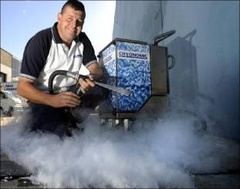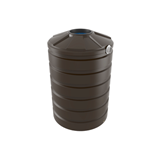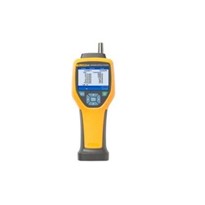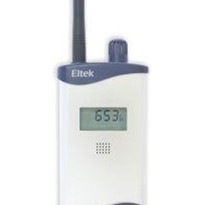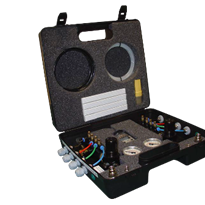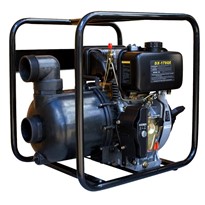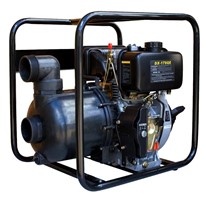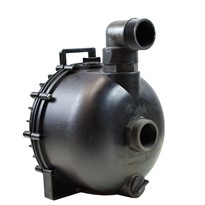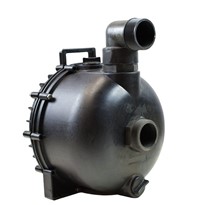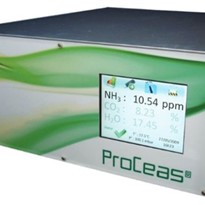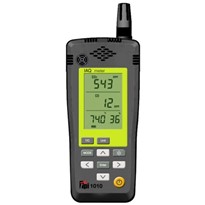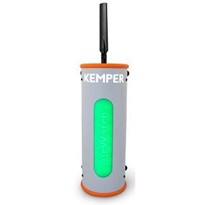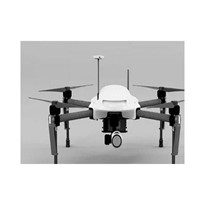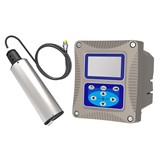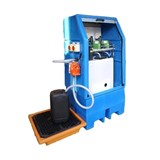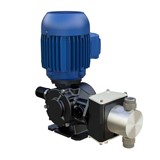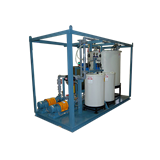In the workplace, excessive chemical usage can also lead to incidences of allergies and poor health resulting in higher levels of absenteeism which directly impacts on the economic performance of the organisation.
However a new technology, Dry Ice Cleaning, is helping companies reduce their carbon footprint and stay one step ahead of the government's proposed renewable energy target bill.
Richard Denmead, MD of Cryonomic Australia, says the Dry Ice Cleaning solution has numerous advantages over traditional cleaning methods such as grit or water blasting.
"With grit blasting for example, the blast media quickly becomes contaminated and it is normally impossible to capture effectively before it pollutes the environment," Denmead explained.
"Conversely using the Dry Ice cleaning solution, the blast media dissipates on contact with surface leaving absolutely no residue behind," he said.
How it works
Dry Ice Cleaning is a blasting technique similar to sand blasting, but makes use of solid CO2 or dry ice pellets.
It captures what would have been a waste product (carbon dioxide) and converts it into a useable product solid carbon dioxide 3mm pellets.
On impact, the pellets vaporize to carbon dioxide gas and increase in volume by a factor of 700. Due to this expansion the contaminant is lifted and separated from the base material.
The advantage of using dry ice pellets as blasting material is twofold: the very low temperature of the dry ice pellets (-78°C or -109°F) causes the contaminant to freeze and contract resulting in the easy detachment of the contaminant from the substrate.
The process also overcomes environmental issues as no water is used and it also helps to eliminate waste as the surface contaminate is captured and disposed of in the correct manner.
Applications
The technology is suitable for a range of industries, including automotive, food processing and construction, and according to Denmead, is providing significant productivity and safety benefits in the metal processing sector.
He says a key advantage of using Dry Ice as a cleaning method is that it allows items to be cleaned insitu.
"Traditionally in aluminium die casting mould cleaning, for example, sandblasting is used to clean the moulds which is not only an abrasive process which can actually wear away the mould, but it is also inherently dirty, which means moulds have to be removed before cleaning.
"However using the dry ice cleaning method, the moulds can be cleaned insitu which minimises downtime by eliminating the need to wait for the moulds to cool down to then remove and dismantle for cleaning.
"An additional benefit of using this method is that mould temperatures only drop by 10%, which also helps to minimise downtime," he said.
"Also by eliminating the need to remove the moulds, which are very heavy and can be easily dropped causing injury to employees or damage to the mould, there's a significant safety benefit as well," he said.
Denmead says the technology is very cost competitive with traditional cleaning methods, particularly when taking into account the contaminated waste removal and disposal costs associated with methods such as sandblasting etc.
However he says one of the challenges of dry ice cleaning technology is lack of awareness of what benefits the technology can provide.
"A key priority for us is to educate the market about what these systems can do. People are a little bit afraid of changing to something that is not traditional technology, particularly at this time.
"But this is beginning to change as people see the advantages of using this cleaning method and we are seeing an increased uptake of the technology," he said.
Key advantages
- Generates up-time - substantially reducing downtime by eliminating the need to strip down and reassemble machinery parts.
- Eliminates the need for detergents or chemicals to degrease.
- Is non-abrasive compared to sand and grit blasting or cleaning with brushes.
- Environmentally friendly: the removal of stubborn contaminated layers without generating waste.
- Compact and versatile: the cleaning equipment can be taken to the large object to be cleaned, not the other way round.
- Dry Ice Cleaning can be used where water, sand or other cleaning products are not allowed: Dry Ice Blasting is a suitable technique for use on electrical machines and in the food industry.


